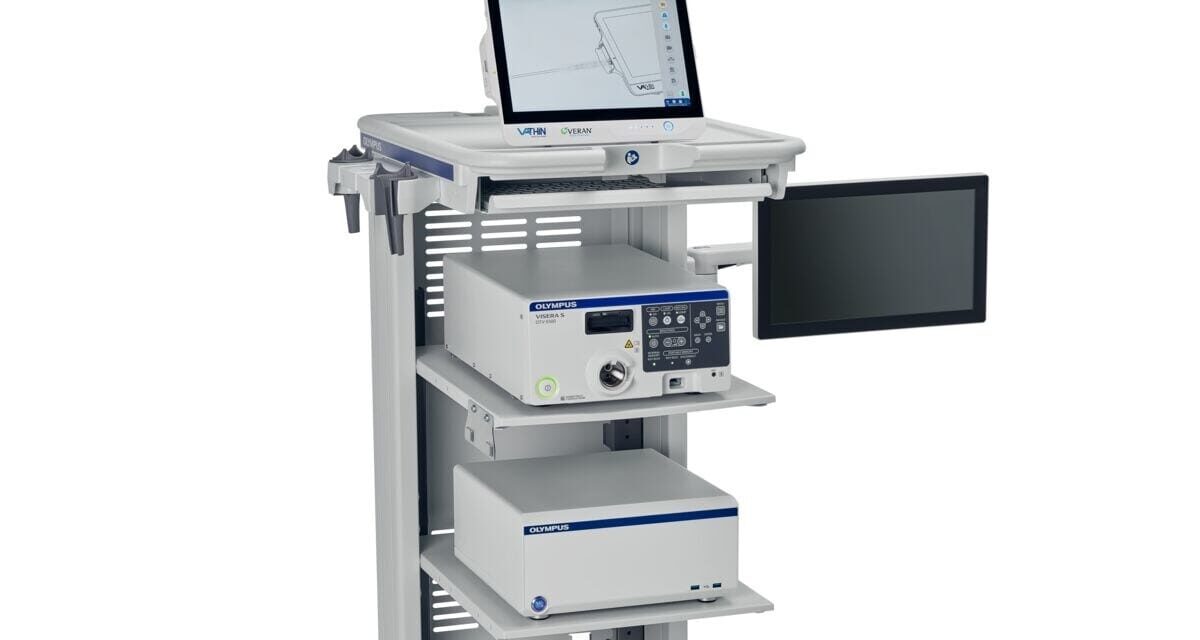The system integrates multiple light sources and is designed for compatibility with a range of endoscopes in office and outpatient settings.
Olympus Corporation has announced the US launch of the VISERA S OTV-S500 imaging platform, a system that integrates diagnostic capabilities for ear, nose, and throat (ENT) and urology applications. The platform is designed with a compact form factor for flexibility in various clinical environments, including physician offices and outpatient facilities.
The VISERA S video system features a built-in light system that allows clinicians to switch between white light, Narrow Band Imaging (NBI) technology, and an optional stroboscopy mode with a single button. This integration is intended to enhance visualization for detecting and treating conditions such as vocal fold polyps, glottic cancer, and non-muscle invasive bladder cancer. The system offers improved image quality over its predecessor, the CV-170, and includes a pre-freeze function for capturing still images, as well as video recording capabilities.
“Whether in an office or outpatient setting, physicians are looking for opportunities to combine procedural and cost efficiencies, which is why we are excited to launch the VISERA S imaging platform for ENT and urological applications,” says Richard Reynolds, President of the Medical Systems Group at Olympus Corporation of the Americas, in a release. “The VISERA S video system may provide cost efficiencies by offering compatibility with a range of endoscopes and procedural and workflow efficiencies by combining multiple light systems in one platform and the ability to gather and share patient data from one system.”
System Compatibility and Features
A key aspect for healthcare technology management professionals is the system’s compatibility with a wide array of new and existing equipment. The VISERA S platform supports flexible and rigid endoscopes, including diagnostic and therapeutic video rhinolaryngoscopes, HD camera heads, flexible ureteroscopes, and HD flexible cysto-nephro videoscopes.
The stroboscopy mode, used by ENT specialists to examine vocal cord vibrations, can be activated through a software upgrade via a portable memory port. For urology, the system’s standard NBI technology has been shown to result in a 37% lower likelihood of non-muscle invasive bladder cancer recurrence over 12-35 months.
For data management, the VISERA S system integrates with the Olympus nCare medical recorder and VaultStream medical content management system, allowing for the capture and sharing of procedural records across different sites within a healthcare facility.
Photo caption: VISERA S imaging platform
Photo credit: Olympus Corp




